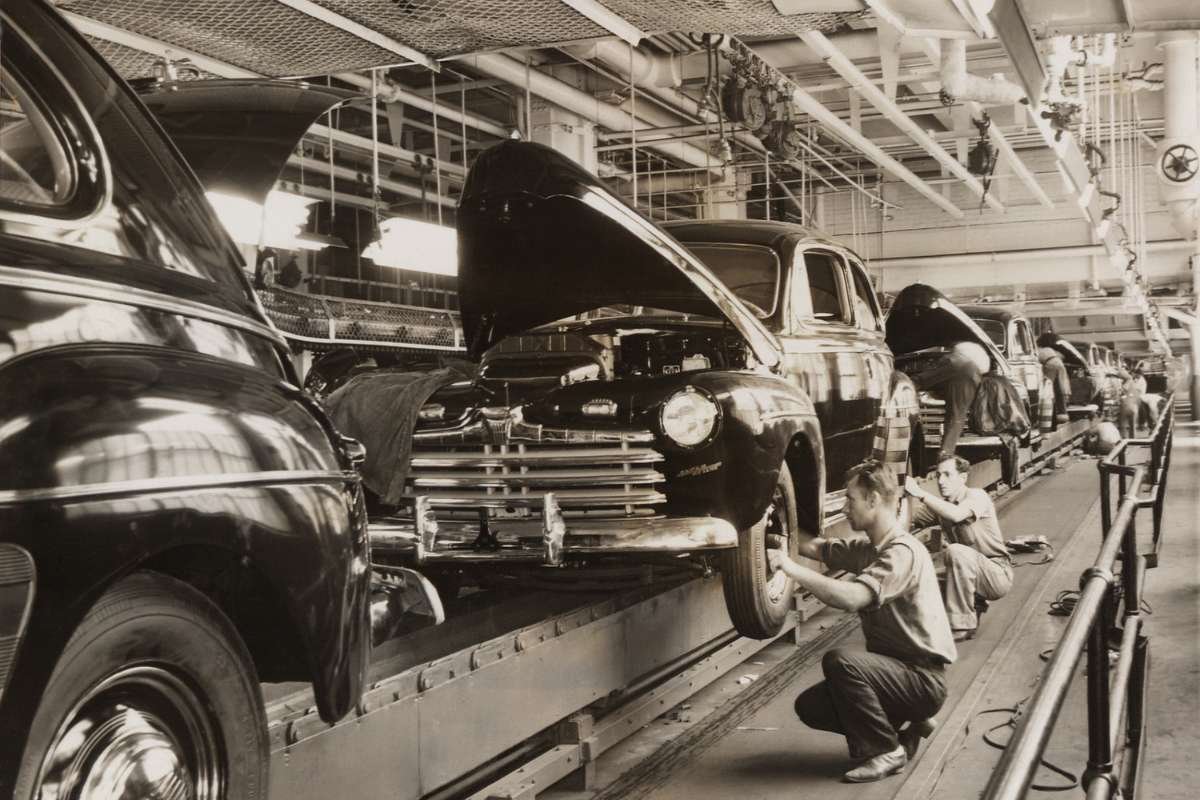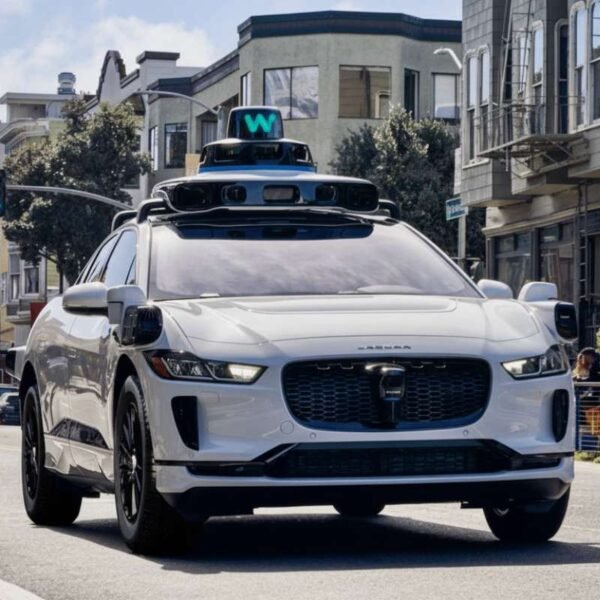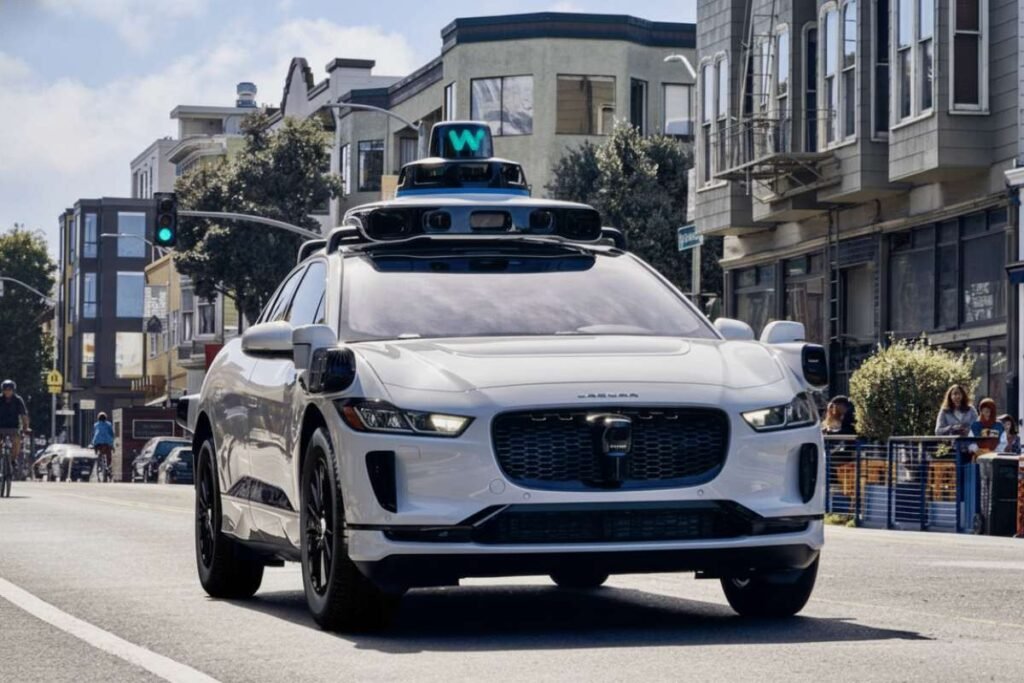The invention and development of cars is one of the biggest changes in human history. From horse-drawn carriages to self-driving electric cars, the history of the automobile has seen advancements in technology and how society has changed over time. In this article, we’ll explore the interesting history of cars—from their simple beginnings to their important role in helping people move around the world today.
Roots: Before the Automobile
Long before cars were invented, people used horses, carriages, and simple carts to get around. The idea of a vehicle that could move on its own goes back to the 15th century when inventors like Leonardo da Vinci drew plans for mechanical carts. However, real progress didn’t happen until the late 1700s and early 1800s.
In 1769, a French engineer named Nicolas-Joseph Cugnot built a steam-powered tricycle meant to carry heavy supplies. While it was impressive, this early version was big, slow, and not very practical. Still, it set the stage for the experiments that would eventually create the automobile we know today.
The Birth of the Modern Automobile
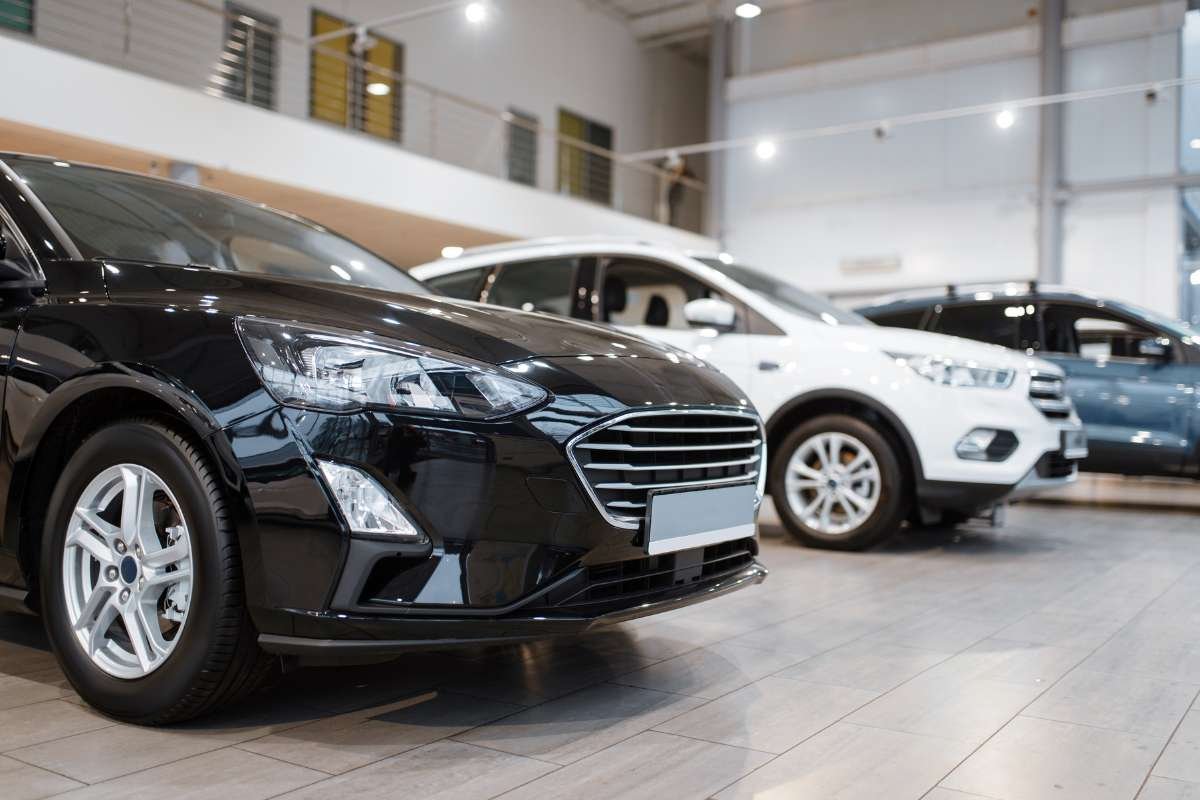
The history of the automobile took a pivotal turn in the late 19th century when inventors began experimenting with internal combustion engines. Karl Benz, a German engineer, is often credited with creating the first true automobile in 1885. His invention, the Benz Patent-Motorwagen, ran on a gasoline-powered internal combustion engine and was capable of moderate speeds.
In 1888, Bertha Benz, Karl’s wife, undertook the world’s first long-distance car trip to prove the vehicle’s reliability. Her journey captured public imagination and marked the beginning of commercial interest in automobiles.
At the same time, Gottlieb Daimler and Wilhelm Maybach were developing their versions of gasoline-powered engines in Germany. Across the Atlantic, inventors in the United States and France were also experimenting with similar technologies. By the end of the 19th century, multiple automotive companies had emerged, signaling the dawn of a new transportation era.
The Assembly Line Revolution
In the early 1900s, there were big changes in the history of cars. Many inventors had created working cars, but they were still expensive and only available to rich people. This changed in 1908 when Henry Ford launched the Model T
Ford’s real breakthrough wasn’t just the car itself; it was how he made it. In 1913, he introduced the moving assembly line, which changed how cars were produced. This method made it much faster and cheaper to build a car. Because of this, the Model T became affordable for middle-class Americans, leading to a boom in car ownership.
By the 1920s, the United States had become the top country in car production. Roads were improved, suburbs grew, and owning a car became a sign of freedom and success.
Global Expansion and World War Influence
During the interwar years and through World War II, the history of the automobile industry saw remarkable global growth. European manufacturers like Peugeot, Renault, and Fiat gained prominence, while in Japan, companies like Toyota and Nissan began laying their foundations.
World War II played a significant role in advancing automotive technology. The need for durable and high-performance military vehicles led to innovations in engines, suspensions, and materials. Post-war, many of these innovations trickled down into civilian vehicles, making cars more reliable and efficient.
The history of the automobile was also shaped by cultural shifts. In the 1950s and ’60s, car design became a form of artistic expression. Sleek lines, chrome detailing, and powerful V8 engines became defining features, especially in American cars. Meanwhile, European automakers focused on compact, fuel-efficient models, reflecting their narrower roads and higher fuel costs.
The Oil Crisis and the Environmental Awakening

The 1970s marked a significant turning point. The oil embargo of 1973 caused fuel shortages and skyrocketing prices, prompting consumers to seek more fuel-efficient vehicles. Japanese automakers like Honda, Toyota, and Datsun (now Nissan) gained significant market share by offering reliable, economical alternatives.
This period also saw the beginning of environmental awareness. Concerns over air pollution and carbon emissions led to the introduction of emissions regulations and the development of catalytic converters. The auto industry was forced to adapt, and engineering began focusing not just on performance but also on efficiency and sustainability.
Read Also: Unfolding the Secrets of the Toyota Production System
Digital Transformation and Technological Breakthroughs
Starting in the 1980s, electronics began to change cars a lot. Features like anti-lock braking systems (ABS), airbags, onboard diagnostics, and fuel injection became common. In the 1990s and early 2000s, cars started to include GPS navigation, cruise control, and entertainment systems, turning them into digital machines.
A new chapter in car history began with the introduction of hybrid vehicles. The Toyota Prius, launched in 1997, was the first mass-produced hybrid car, combining electric power with regular gasoline engines. This innovation paved the way for the current trend toward electric cars.
The Rise of Electric and Autonomous Vehicles
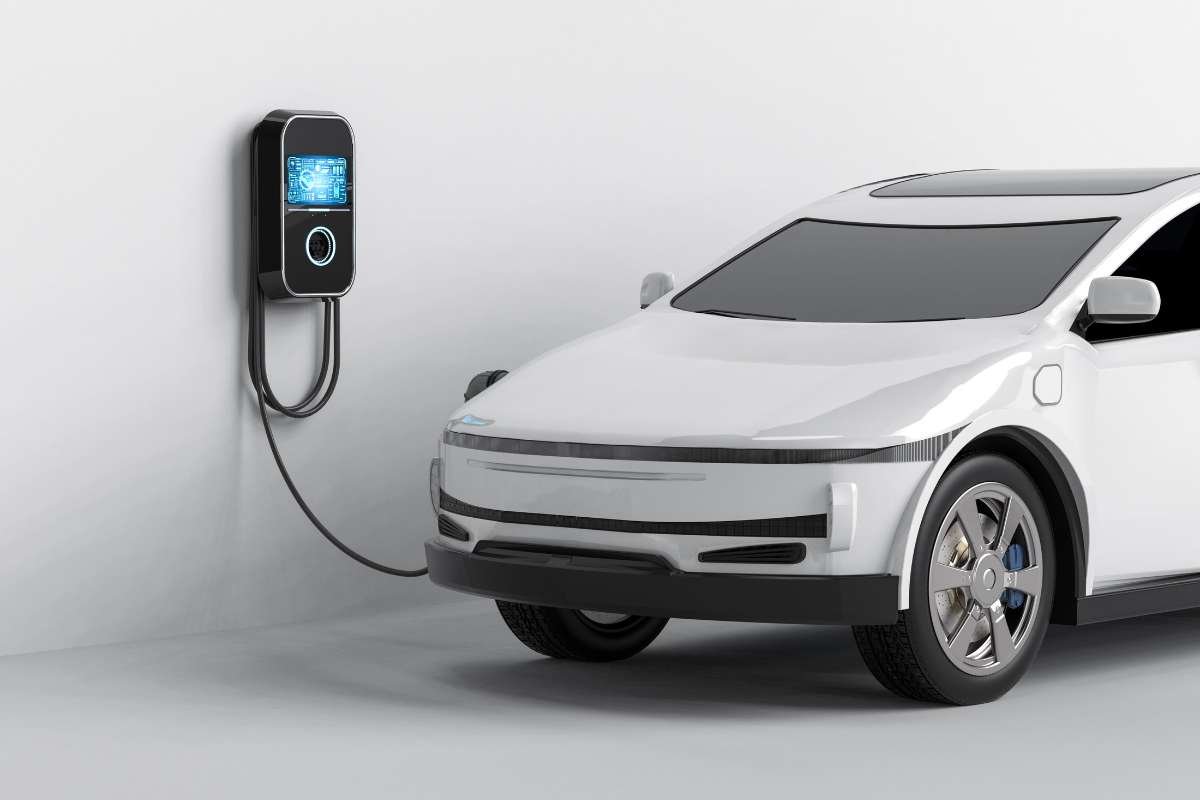
In recent years, environmental concerns and advances in battery technology have driven a major shift toward electric vehicles (EVs). Companies like Tesla have pushed the boundaries of what EVs can do—combining range, speed, and smart technology. Legacy automakers such as Ford, GM, and Volkswagen are now heavily investing in electric models, signaling a widespread industry transition.
Meanwhile, the development of autonomous driving technology is reshaping the future of transportation. Companies including Google’s Waymo, Apple, and numerous startups are working on self-driving systems that could drastically reduce accidents and redefine personal mobility.
The history of the automobile is no longer just about machines; it’s now intertwined with artificial intelligence, software innovation, and data connectivity. Cars are becoming smarter, safer, and more efficient, adapting to both environmental demands and user expectations.
Challenges and the Road Ahead
As we move further into the 21st century, the automotive industry faces a host of challenges and opportunities. Climate change, urban congestion, resource scarcity, and geopolitical instability all play roles in shaping the next chapter.
The global push for sustainability is accelerating the adoption of electric and hydrogen-fueled vehicles. Simultaneously, there’s growing interest in shared mobility, such as ride-hailing and car-sharing services, which could decrease the total number of vehicles on the road while increasing usage efficiency.
Cybersecurity has also become a significant concern. As vehicles become more connected, protecting them from hacking and data breaches is essential. Automakers must balance innovation with safety and privacy.
Read Also: The Timeless Journey of Mercedes: A Legacy in Motion
Conclusion: From Invention to Innovation
The history of the automobile is a tale of creativity, hard work, and constant change. What started as a simple machine has become a necessary part of our daily lives, affecting how we live, work, and connect with others.
From steam-powered models to smart electric cars, the development of automobiles shows our ability to think big and create even bigger things. As we move toward a future with self-driving cars and no-emission transportation, one thing is clear: the journey is not over. The road ahead, just like the one we’ve traveled, will be filled with new ideas and discoveries.

